- Best Refurbished HP Servers at a Glance
- TL;DR – The Best Places to Buy Refurbished HP Servers
- Why Choose Refurbished Hardware?
- Best Refurbished HPE ProLiant Models for Different Use Cases
- HPE ProLiant DL380 Gen10 – The Enterprise Workhorse
- HPE ProLiant DL360 Gen9 – Cost-Effective Performance
- HPE ProLiant MicroServer Gen10 – Small Business and Home Labs
- HPE ProLiant DL580 Gen9 – Heavy-Duty Enterprise Computing
- HPE ProLiant DL385 Gen10 – High-Density Compute for Virtualization and AI/ML
- Best Places to Buy Refurbished HP Servers
- Alta Technologies
- xByte Technologies
- ServerMonkey
- New Server Life
- Stallard Technologies (STI)
- Strategic Procurement Tips
- Additional Factors to Consider
- Final Thoughts
Last Updated on December 30, 2025 by Ewen Finser
When I first started shopping for refurbished HP (HPE) servers, I’ll admit I wasn’t sure what I was getting myself into. I knew I didn’t want to pay full price for new hardware, but I didn’t want to gamble on something unreliable, either. After going down the rabbit hole of forums, vendor sites, and my own testing, I realized there’s actually a massive opportunity here — if you know where to look and what to buy.
Let’s take a look at the best refurbished HPE ProLiant servers on the market today and the vendors you can trust to buy them from. I’ll break down who each server is best for, the pros and cons you should know, and how each vendor stacks up in terms of price, reliability, and support.
Best Refurbished HP Servers at a Glance
- Best Overall: HPE ProLiant DL380 Gen10
- Best for Cost-Effective Performance: HPE ProLiant DL360 Gen9
- Best for Small Business or Home Labs: HPE MicroServer Gen10
- Best for Heavy-Duty Enterprise Computing: HPE ProLiant DL580 Gen9
- Best for Virtualization & AI/ML Workloads: HPE ProLiant DL385 Gen10
If you need one do-it-all workhorse, go with the DL380 Gen10. If you’re on a budget, the DL360 Gen9 punches above its weight. For small offices or labs, the MicroServer Gen10 is your best bet. And if you need enterprise-scale muscle, the DL580 Gen9 and DL385 Gen10 cover high-performance and virtualization-heavy use cases.
TL;DR – The Best Places to Buy Refurbished HP Servers
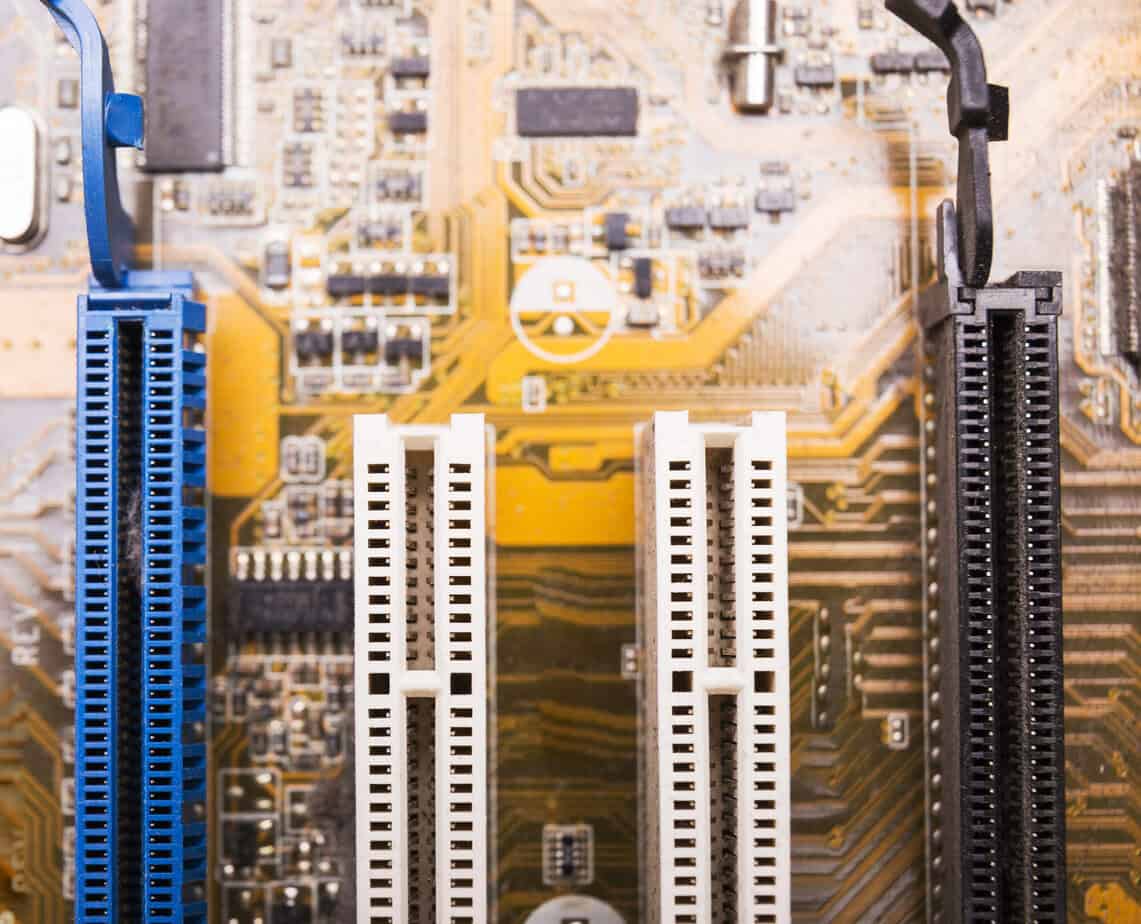
- Alta Technologies: Best overall for enterprises, critical workloads, and pre-configured deployment. Engineering-led, deep inventory, excellent warranties.
- xByte Technologies: Ideal for SMBs needing guidance and reliability. Good warranties, strong support, smaller inventory.
- ServerMonkey: Budget-focused, secondary workloads, labs, disaster recovery. Fast shipping but less pre-configuration.
- New Server Life: Transparent diagnostics, compliance-friendly, mid-tier enterprises. Slightly higher cost, smaller inventory.
- Stallard Technologies (STI): Consultative, workload-specific, excellent for virtualization clusters and databases. Smaller inventory.
Why Choose Refurbished Hardware?
I’ll be straight with you: the main reason I went refurbished was cost savings. Buying servers new can eat an IT budget alive. A new DL380 Gen10 with dual Xeon Gold processors and 128GB of RAM could easily run you $15,000–$18,000. A refurbished one? You’re looking at $7,500–$9,000 for the same specs. That’s nearly half the cost — without giving up performance.
But cost isn’t the only factor. Refurbished servers are proven hardware. They’ve usually been pulled from enterprise data centers because of refresh cycles, not because they were failing. And when you buy from the right vendors, every component gets tested, firmware updated, and stress-tested before resale.
The kicker? Sustainability. Extending a server’s life cycle by three to five years prevents hundreds of kilograms of CO₂ emissions that come from manufacturing and shipping new gear. For me, that makes choosing refurbished not only smart financially but also the right move environmentally.
Best Refurbished HPE ProLiant Models for Different Use Cases
Here’s where things get interesting. Each of these servers has its sweet spot — and some drawbacks. I’ll share my experience and what I’ve learned from others in the IT community.
HPE ProLiant DL380 Gen10 – The Enterprise Workhorse
If I had to recommend just one refurbished HPE server to almost anyone, it would be the DL380 Gen10. This thing is an absolute beast when it comes to versatility.
Why I Like It:
- Dual Xeon Scalable processors mean serious compute horsepower.
- Supports up to 3TB of DDR4 memory, which is overkill for most but crucial for virtualization clusters.
- Flexible storage options (SAS, SATA, NVMe) let you configure it however you want.
- Comes with HPE’s iLO 5 management engine, which makes remote monitoring and predictive health alerts much easier.
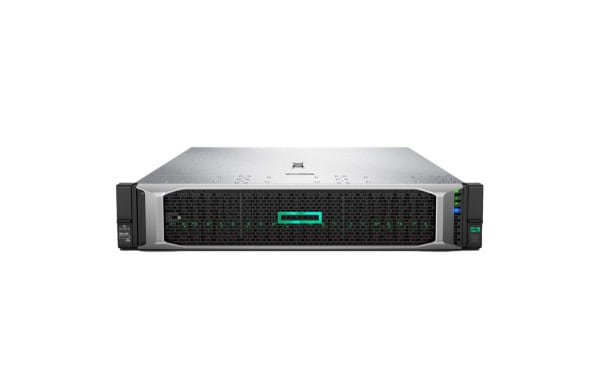
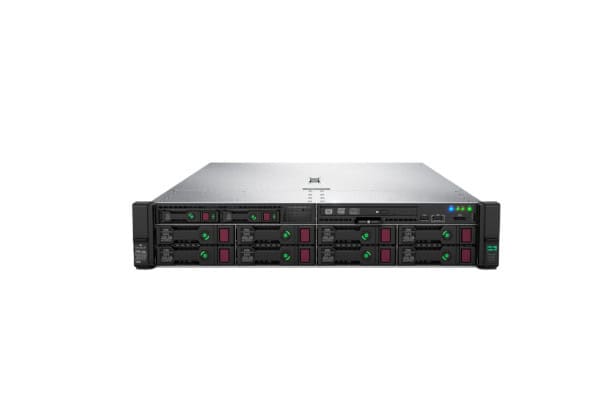
Who It’s Best For:
- Mid-to-large enterprises running mixed workloads (databases, apps, virtualization).
- Companies building a virtual desktop infrastructure (VDI).
- Organizations that need a “set it and forget it” server that can handle anything you throw at it.
Pros:
- Extreme flexibility — can scale up or down depending on workload.
- Reliable, enterprise-grade components built for 24/7 uptime.
- Huge refurb market, so inventory is widely available.
Cons:
- More expensive than older models, even refurbished.
- Might be overkill for small businesses with light workloads.
HPE ProLiant DL360 Gen9 – Cost-Effective Performance
If you’re like me and always looking for value without cutting corners, the DL360 Gen9 is a gem. It’s compact (1U), powerful, and doesn’t break the bank.
Why I Like It:
- Dual Intel Xeon E5-2600 v4 processors deliver solid performance.
- Compact size saves rack space — critical if you’re running a tight setup.
- Can be upgraded with more RAM and storage down the road.
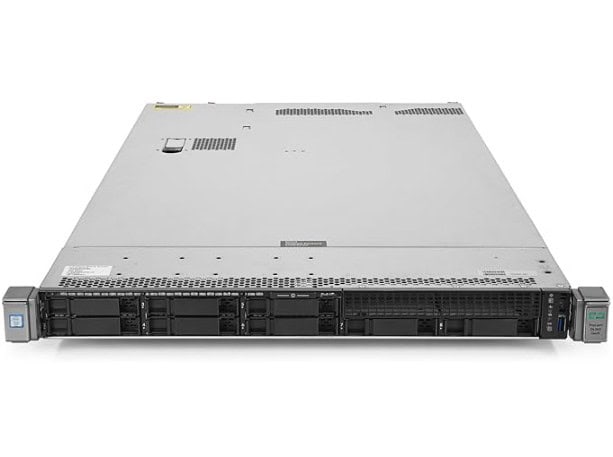
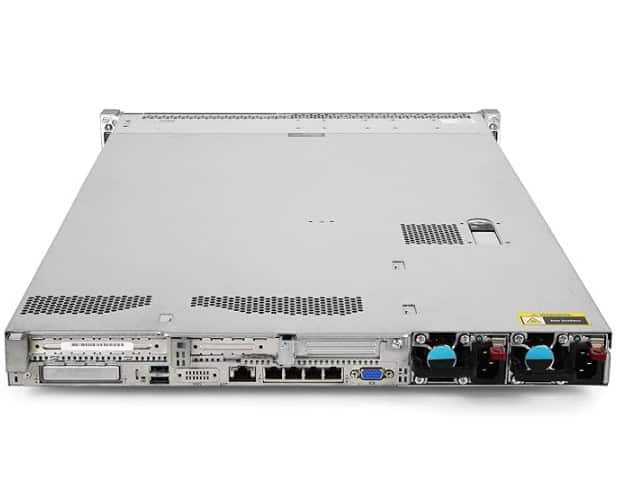
Who It’s Best For:
- SMBs that want enterprise hardware without enterprise pricing.
- Web hosting companies or startups needing reliable, dense performance.
- Lab environments for developers or QA teams.
Pros:
- Affordable — one of the best price-to-performance ratios.
- Energy-efficient compared to bulkier servers.
- Easy to find refurbished units in great condition.
Cons:
- Limited scalability compared to Gen10 models.
- Doesn’t have all the latest security features.
HPE ProLiant MicroServer Gen10 – Small Business and Home Labs
This one hits close to home. I set up a refurbished MicroServer Gen10 for a friend’s photography business, and it worked wonders.
Why I Like It:
- Tiny footprint, low noise, and very energy efficient.
- Simple to manage — no need to be a server admin wizard.
- Great entry-level choice for people new to server infrastructure.

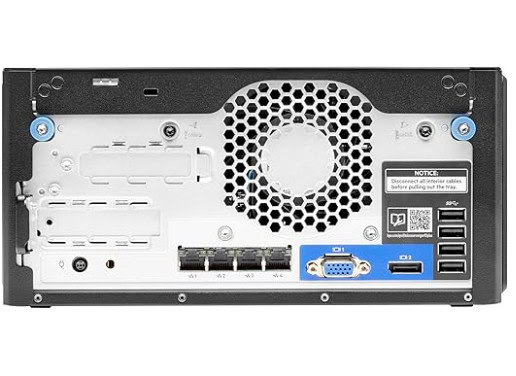
Who It’s Best For:
- Small offices that just need file storage, local backups, or light virtualization.
- Startups that want a server without the complexity.
- Tech enthusiasts and homelab builders.
Pros:
- Compact and quiet — you can run it in an office without annoying background noise.
- Very affordable, even new — refurbished units are a steal.
- Energy-efficient, keeping operating costs low.
Cons:
- Not built for heavy workloads — don’t expect it to run massive databases.
- Limited expansion compared to rack-mounted models.
HPE ProLiant DL580 Gen9 – Heavy-Duty Enterprise Computing
When you’re dealing with huge databases or enterprise-level apps, the DL580 Gen9 is your friend. It’s overkill for most people, but in the right environment, it’s unbeatable.
Why I Like It:
- Supports up to four Xeon processors for insane parallel processing.
- Gigantic memory capacity for massive workloads.
- Extremely stable under heavy, non-stop use.
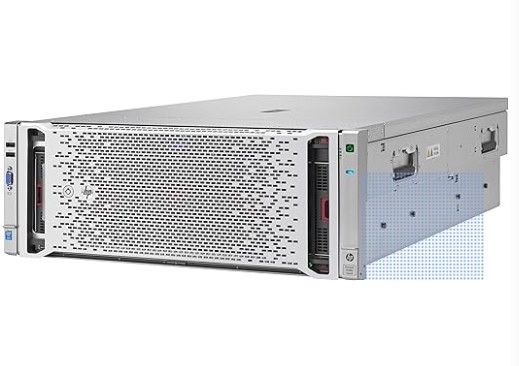
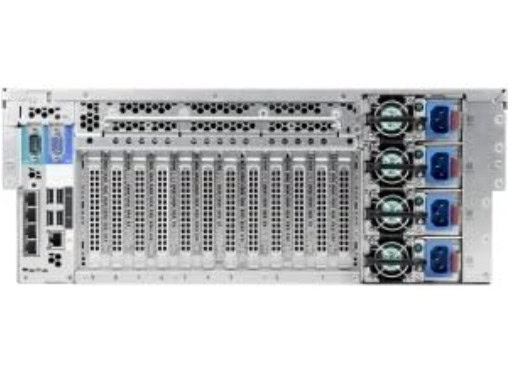
Who It’s Best For:
- Enterprises running SAP, Oracle, or large SQL databases.
- Environments where transactional processing is constant and mission-critical.
- High-performance computing clusters.
Pros:
- Built like a tank — designed for uptime and heavy load.
- Perfect for database-driven enterprises.
- Refurbished pricing makes it far more approachable than buying new.
Cons:
- Big, heavy, and power-hungry.
- Way more machine than most SMBs will ever need.
HPE ProLiant DL385 Gen10 – High-Density Compute for Virtualization and AI/ML
The DL385 Gen10 is one of the more exciting models because it runs on AMD EPYC processors, which means lots of cores for less money.
Why I Like It:
- Perfect for virtualization-heavy environments (think VMware clusters).
- Strong option for AI/ML workloads, especially with GPU add-ons.
- Excellent price-to-core ratio thanks to AMD EPYC.
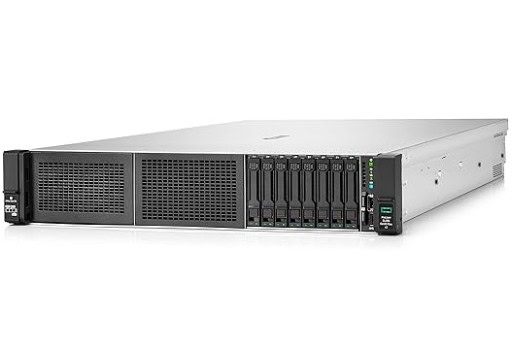

Who It’s Best For:
- Businesses building virtualization clusters.
- Organizations experimenting with AI/ML or GPU-heavy tasks.
- IT teams needing scalability without Intel-level pricing.
Pros:
- Tons of cores at a lower cost.
- Great for future-proofing since AMD EPYC is gaining traction.
- Solid GPU compatibility for ML and visualization tasks.
Cons:
- Newer design means fewer refurb units are available.
- Requires more planning for GPU setups.
Best Places to Buy Refurbished HP Servers
After testing multiple vendors and talking to peers in IT, I’ve come to see that not all refurbished server providers are created equal. Some focus on budget, some on deep technical support, and some offer rare legacy hardware that you can’t find anywhere else. Here’s a breakdown based on my experience and research.
Alta Technologies
For the best overall offering when considering price, customer support, and available inventory for large-scale operations, Alta Technologies is at the top of the list. They offer the best overall package for enterprises, cloud providers, and anyone serious about uptime and support.
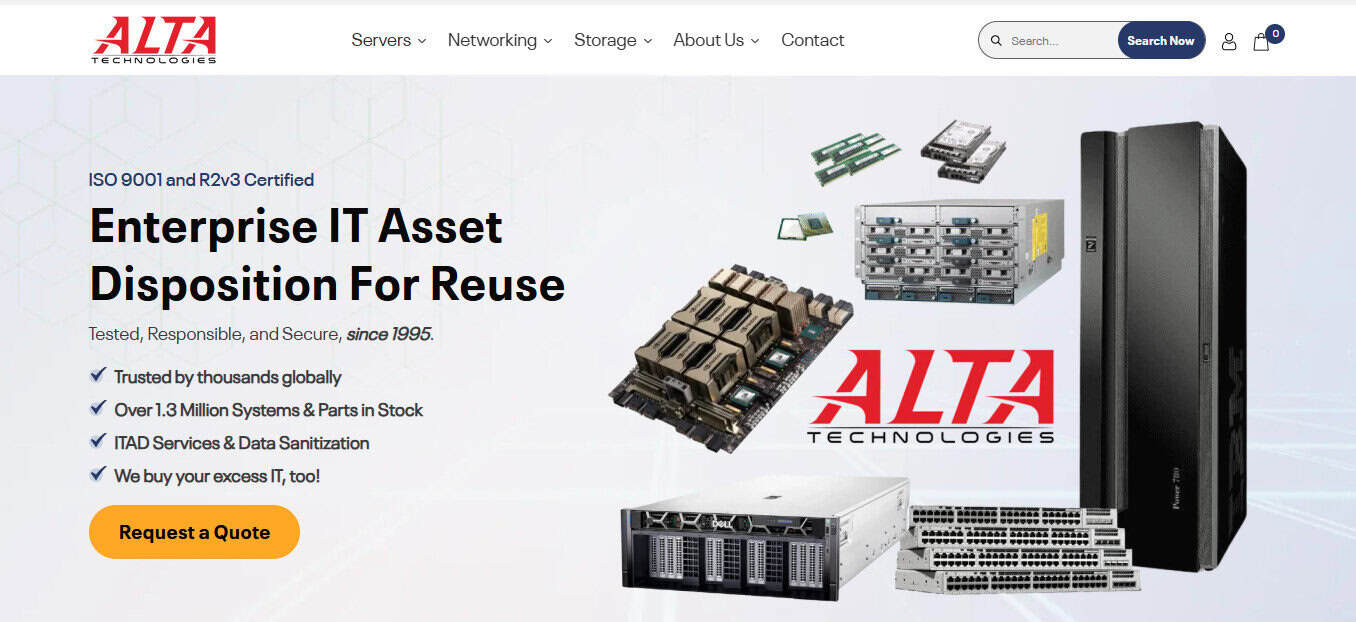
Why I Recommend Them:
- Engineering-Led Refurbishment: Every server undergoes multi-point diagnostics, burn-in testing, and firmware updates. I’ve seen firsthand how their engineering team catches issues other vendors might miss.
- Deep Inventory: Alta has almost any HPE ProLiant model you could need, including legacy units. That’s huge if you need consistency across multiple sites.
- Pre-Configured Options: They’ll preconfigure RAID arrays, memory layouts, and networking options. For a busy IT team, this is a lifesaver.
- Warranties and Support: They offer multi-year warranties, optional on-site support, and guidance for integration.
Pros:
- Extremely reliable and tested hardware.
- Ideal for mission-critical deployments.
- Pre-deployment services reduce field labor.
Cons:
- Prices aren’t publicly posted — you need to request a quote.
- Might be overkill for tiny labs or personal projects.
Who It’s Best For:
- Enterprises running large virtualization clusters or critical databases.
- Companies needing customized, pre-configured deployments across multiple sites.
- IT teams that value support and long-term partnership.
xByte Technologies
xByte is solid for small to mid-sized businesses who want modern, reliable hardware without the enterprise-level price of Alta.
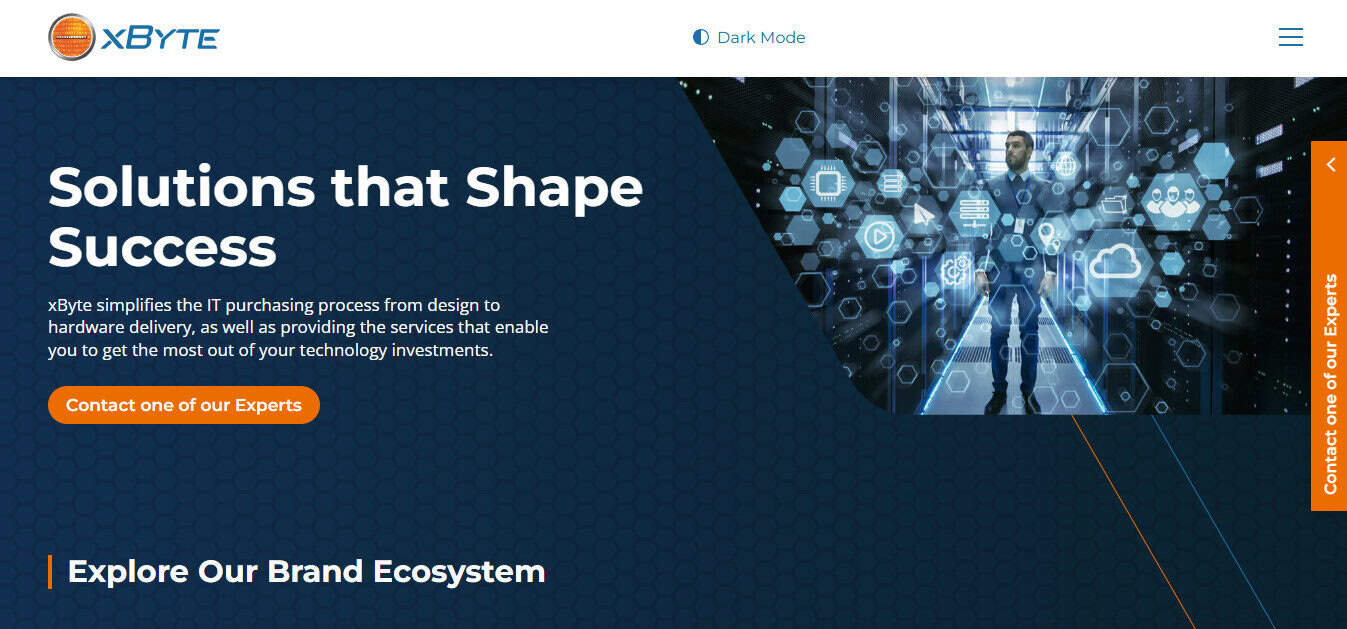
Why I Recommend Them:
- Certified refurbishment with personalized pre-sale consultation.
- Multi-year warranty options for peace of mind.
- Good for workloads where you want guidance matching servers to needs.
Pros:
- Excellent customer service.
- Strong warranty and replacement options.
- Helps smaller businesses make informed hardware decisions.
Cons:
- Smaller inventory compared to Alta.
- May not have every legacy HPE model in stock.
Who It’s Best For:
- SMBs that want reliable, enterprise-quality servers.
- Companies who need consultation to determine the right hardware.
- Workloads that don’t require extreme high-density scaling.
ServerMonkey
ServerMonkey is perfect if you’re budget-conscious and can handle some of the configuration yourself.
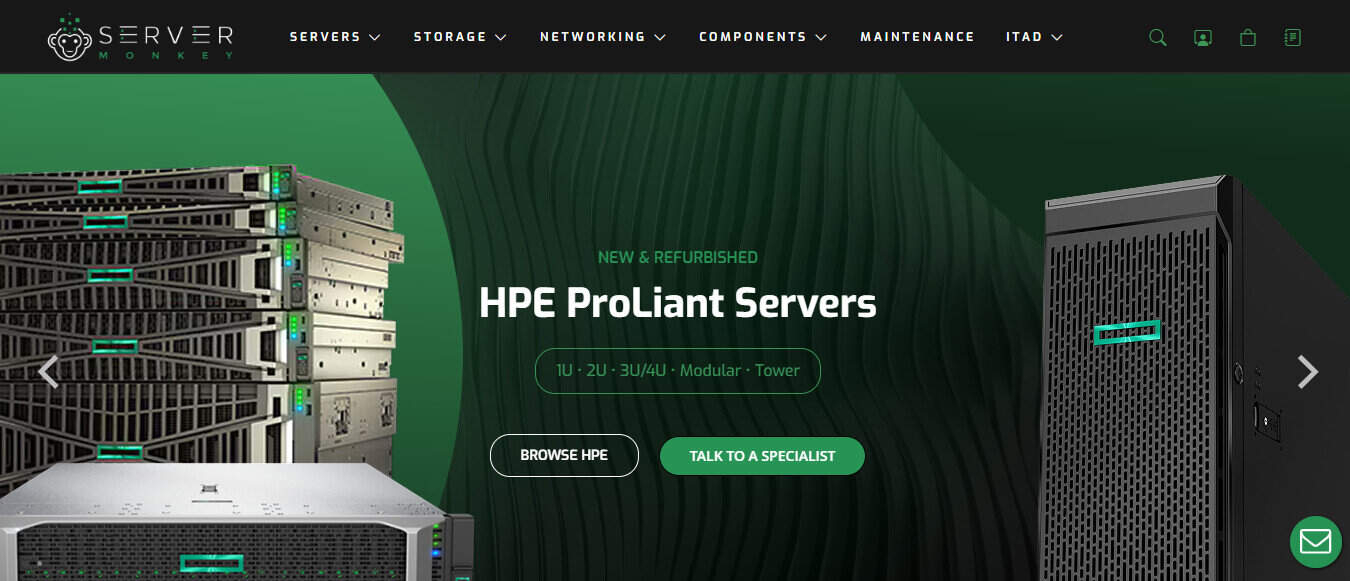
Why I Recommend Them:
- Competitive pricing on base models.
- Quick shipping and global accessibility.
- Reliable enough for secondary workloads, lab environments, and disaster recovery setups.
Pros:
- Low-cost options for tight budgets.
- Good for labs, DR, or secondary use cases.
- Easy ordering and worldwide shipping.
Cons:
- Less personalized service.
- Not ideal for mission-critical, fully pre-configured deployments.
Who It’s Best For:
- IT teams running development or QA labs.
- Organizations looking for secondary DR servers.
- Buyers who can handle minor setup themselves.
New Server Life
New Server Life is all about transparency and consistency. They’re perfect if your organization needs compliance and documented QA.
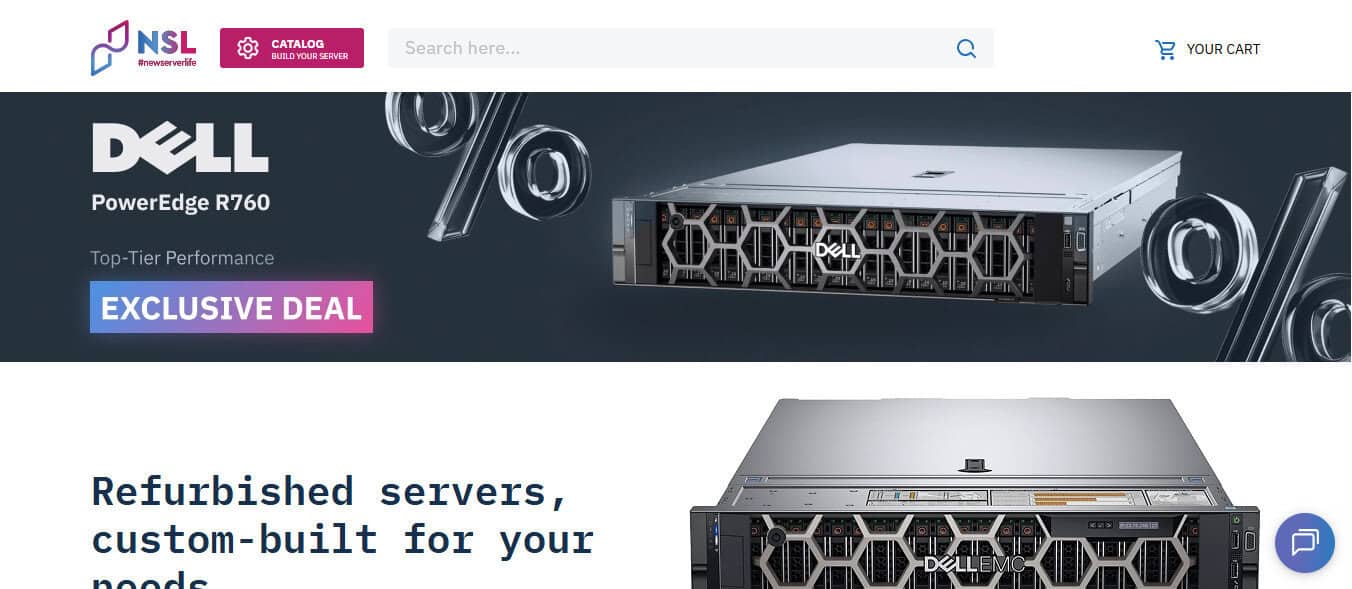
Why I Recommend Them:
- Detailed diagnostic reports for every server.
- Consistent build quality across all models.
- Strong focus on compliance and regulatory support.
Pros:
- Peace of mind for regulated industries.
- Clear reporting for auditing and documentation.
- Good warranties and support for mid-tier enterprise deployments.
Cons:
- Slightly higher cost due to meticulous testing and reporting.
- Smaller inventory than a vendor like Alta.
Who It’s Best For:
- Organizations with compliance requirements.
- Mid-sized enterprises looking for predictable, documented quality.
- Businesses that value detailed QA before deployment.
Stallard Technologies (STI)
STI brings enterprise-grade consulting and engineering support to the table. Their focus is more specialized than some other vendors.
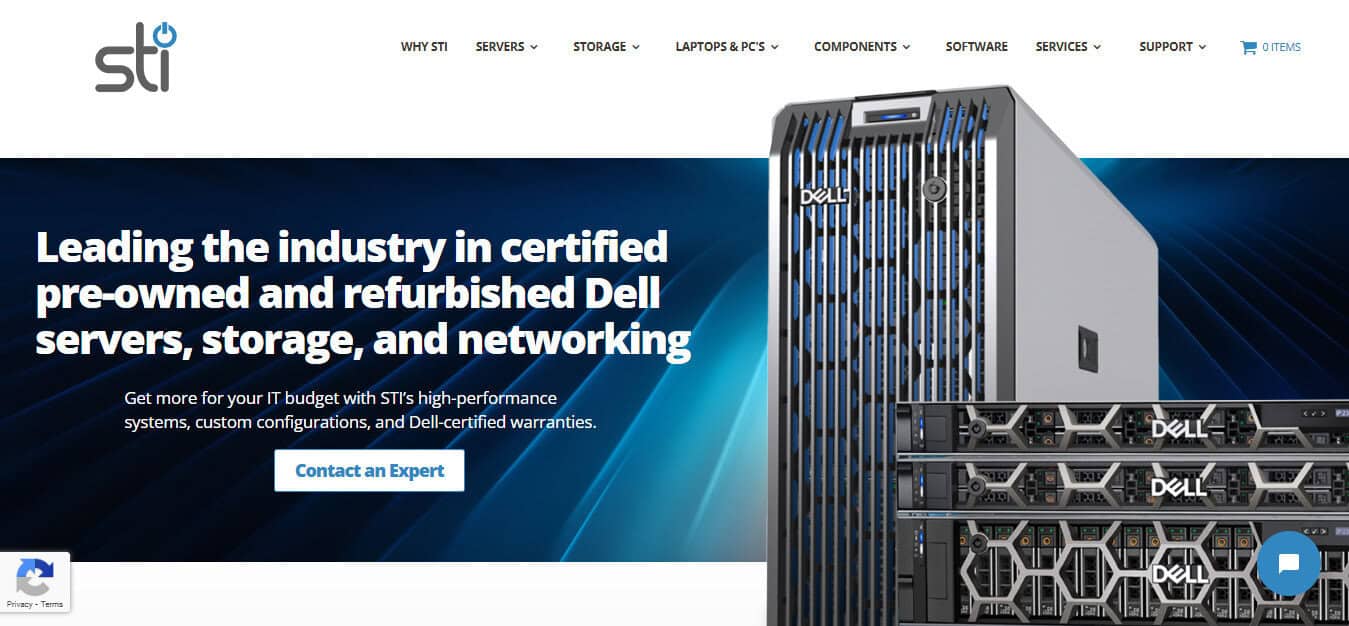
Why I Recommend Them:
- They provide workload-specific configurations, ideal for virtualization clusters and database-heavy environments.
- Focused performance testing ensures optimized deployment.
- Strong consulting support for complex infrastructures.
Pros:
- Excellent engineering consultation.
- Focus on mission-critical workloads.
- Good for clusters, database servers, and virtualized environments.
Cons:
- Smaller inventory than Alta or xByte.
- Less emphasis on high-volume bulk deployments.
Who It’s Best For:
- Organizations needing consultative guidance for complex deployments.
- Enterprises running high-demand virtualization or database servers.
- IT teams that value expert-backed performance testing.
Strategic Procurement Tips
Here’s what I’ve learned from buying refurbished servers over the years:
1. Align Server Selection with Workload:
- Don’t pick a DL580 if you’re running a small office file server.
- Match CPU cores, memory, and storage type to what your workloads actually need.
2. Consider Total Cost of Ownership (TCO):
- Factor in energy use, potential expansion, and warranty coverage.
- Refurbished servers often have faster ROI because deployment is immediate.
3. Build a Serialized Spare Pool:
- If you’re running multiple sites, try to get identical models and keep spares ready.
- Vendors like Alta can help pre-stage firmware, RAID, and VLANs to save hours on deployment.
4. Look Beyond Price:
- Cheapest isn’t always best. I’ve personally had issues with servers that came cheap but required hours of troubleshooting.
- Warranty, pre-configuration, and support often save more money in the long run than a few hundred dollars upfront.
5. Sustainability Matters:
- Refurbished servers reduce e-waste and carbon footprint.
- If your company has ESG targets, this is an easy way to demonstrate commitment.
Additional Factors to Consider
Plan for Growth – Don’t just think about the server you need today. Consider how your workloads might grow over the next 3–5 years. Extra memory, storage, or slightly higher CPU specs now can save expensive upgrades later.
Document Everything – Keep a simple log for each server: CPU, RAM, storage, RAID setup, firmware version, deployment location. This makes troubleshooting and scaling across multiple sites much easier. Vendors like Alta Technologies provide serialized QA reports and detailed deployment documentation, which makes this process seamless.
Leverage Pre-Staged Configurations – RAID arrays, network interfaces, and VLANs can be preconfigured by the vendor. Spending a few hours up front can save dozens of hours on deployment. I’ve personally seen IT teams avoid critical downtime by taking advantage of Alta’s pre-deployment options.
Consider Long-Term Support – Refurbished servers can last 5–7 years or more if maintained properly. Make sure your vendor can supply spare parts, firmware updates, and consultative support when scaling or handling unexpected failures.
Check Compatibility Across Sites – If you’re deploying multiple units, ensure firmware, memory, and network configurations are consistent. This avoids headaches during cluster expansions or disaster recovery setups.
Final Thoughts
Looking back at my own journey, here’s what I would say to anyone considering refurbished HPE servers:
- Know your workloads. Match the right server to your needs.
- Don’t just compare prices. Look at support, warranties, and configuration services.
- Sustainability is a bonus. You’ll save money and reduce your environmental impact.
- Vendors matter. For example, Alta Technologies stands out for large-scale deployments, pre-configured setups, and engineering support.
If you want a mix of reliability, flexibility, and support, Alta is my top pick for finding the best refurbished HP servers — especially if you’re running virtualization clusters, mission-critical databases, or multi-site deployments. The other vendors each have strengths depending on your budget, compliance needs, or smaller-scale projects, but Alta consistently delivers the most complete package.
At the end of the day, refurbished servers give you the performance of enterprise hardware at a fraction of the cost, with faster deployment, reduced e-waste, and the ability to scale quickly. And if you play your cards right, you can build a data center that’s both budget-smart and future-ready.

